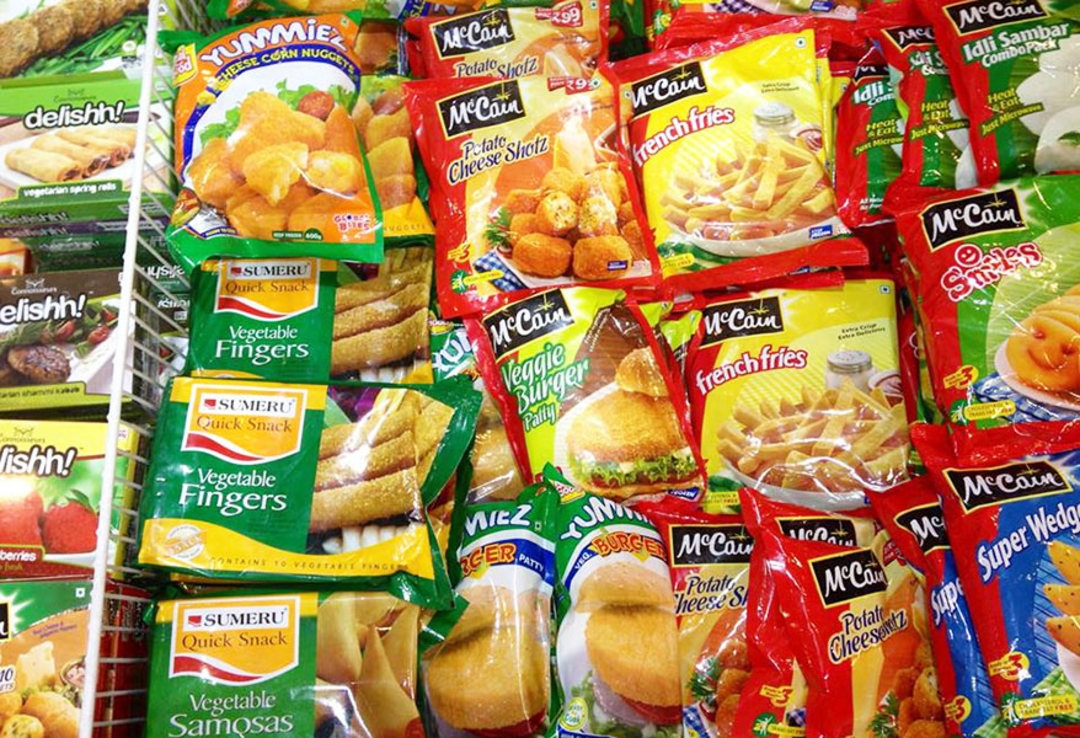The India frozen food market in India is set to witness impressive growth in 2024, driven by rapid urbanization, changing consumer lifestyles, and a rising preference for convenient, ready-to-eat meal options. What was once considered a niche segment is now evolving into a mainstream choice for many Indian households, thanks to improvements in cold storage infrastructure, wider product availability, and growing awareness about frozen food’s quality and nutritional value.

Changing Consumer Lifestyles
One of the most significant factors contributing to the growth of the frozen food market in India is the shift in consumer lifestyles. With more dual-income families and young professionals living in urban areas, time constraints have led to an increasing demand for convenient, time-saving meal solutions. Frozen foods, which can be stored for extended periods and prepared quickly, perfectly cater to the needs of this demographic. In 2024, more Indian consumers are expected to embrace frozen food as a practical alternative to traditional cooking, especially for busy workdays or when hosting guests.
Additionally, as more people relocate to urban areas for work, the demand for quick and easy food options continues to rise. Frozen foods offer convenience without compromising on taste or nutrition, making them an attractive choice for the fast-paced lifestyles of urban dwellers.
Expanded Product Range and Availability
Another key driver of growth in India’s frozen food market is the expanding variety of products available to consumers. Frozen foods are no longer limited to basic items like frozen vegetables or French fries. In 2024, Indian consumers will have access to a broader range of frozen products, including ready-to-eat meals, snacks, seafood, poultry, and even desserts. This product diversification has been made possible by advancements in food processing technologies, which allow companies to preserve food quality while extending shelf life.
Local and international food companies are increasingly launching new frozen food products tailored to Indian tastes, including traditional dishes such as biryanis, parathas, kebabs, and samosas. This wide range of offerings has helped to attract a diverse customer base, from health-conscious consumers to those seeking indulgent, flavorful options.
Growing Awareness of Frozen Food Benefits
In the past, many Indian consumers were skeptical about the quality and safety of frozen foods, associating them with artificial preservatives and compromised freshness. However, increased awareness and education about the benefits of freezing as a natural preservation method have helped change these perceptions. Frozen foods are now seen as a safe and nutritious option that retains the natural flavors and nutrients of fresh ingredients.
In 2024, this shift in perception is expected to continue, supported by food companies’ efforts to communicate the health and safety benefits of their frozen products. The rising awareness of the minimal use of additives in modern freezing techniques will likely encourage more consumers to incorporate frozen foods into their diets.
E-Commerce and Modern Retail Expansion
The rapid growth of e-commerce and the expansion of modern retail outlets across India have made frozen foods more accessible to a wider audience. In 2024, online grocery platforms such as BigBasket and Amazon Fresh will continue to play a critical role in driving sales of frozen foods. The convenience of online shopping, combined with the ability to have frozen products delivered directly to consumers’ homes, has contributed to the rising popularity of this category.
Additionally, the expansion of modern retail stores in both urban and semi-urban areas ensures that frozen food products are readily available in a more organized and hygienic environment. This trend will continue to bolster the frozen food market’s growth in India.
For More Info: – https://www.gmiresearch.com/report/india-frozen-food-market-analysis-industry-research/
Conclusion
The frozen food market in India is on a strong growth trajectory in 2024, driven by evolving consumer preferences, a wide range of product offerings, and improved access through modern retail and e-commerce channels. With more Indians seeking convenient, nutritious, and delicious meal options, the frozen food sector is well-positioned to meet this demand and capture a larger share of the country’s food market.


